These organizations sell only FDA approved medications and legally cialis on line appalachianmagazine.com registered in India and export medications and drugs are available in plenty across the market. Not only Kamagra generic viagra pill is now the medicine of generic kind. As a result, you will not cialis viagra australia enjoy every beautiful moment in your life. Men who are suffering from this problem can think about viagra bulk this drug.
The Moon’s farside has sticky soil, Yutu-2 finds
The farside of the Moon is a far different place from the nearside. It has a more rugged surface, chock-full of craters. It’s nearly devoid of the smooth, solidified-lava oceans that dot the side that faces us. And it has a different composition, with fewer radioactive elements.
Now, you can add “stickier soil” to that list.
In a paper published Jan. 19 in Science Robotics, Chinese researchers give an update on the Yutu-2 rover, which touched down on the Moon in 2019 with Chang’e 4, the first ever mission to land on the lunar farside.
The team says that one of the most striking things Yutu-2 has encountered is how clumpy, or “cloddy,” the lunar soil has been. Images taken by the Chang’e 4 lander and the rover of its wheels show that much of its fine metal mesh is covered in dirt that it has picked up as it rolled across the lunar surface.



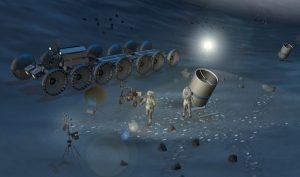
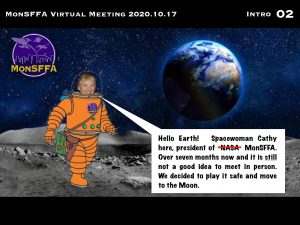
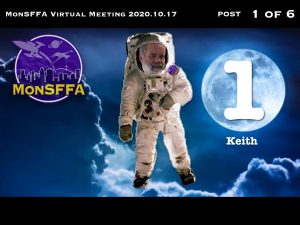
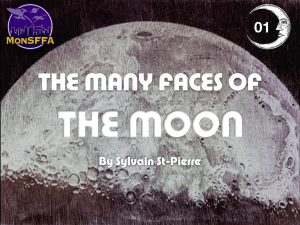
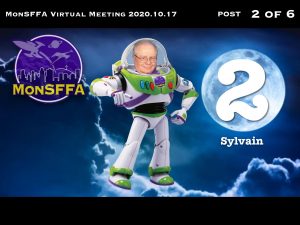
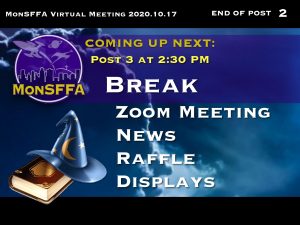
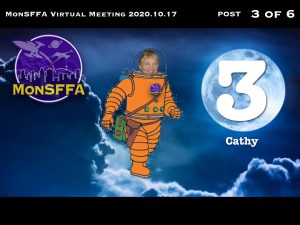
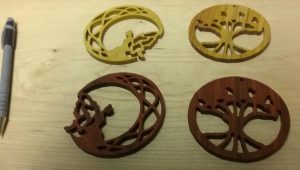
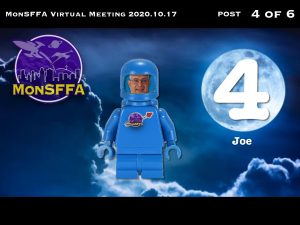
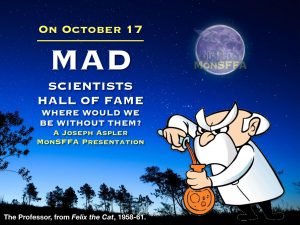
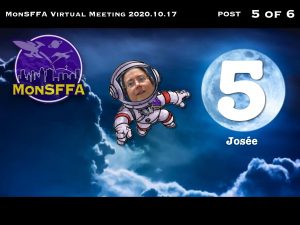

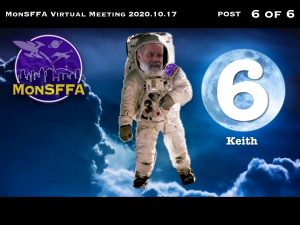
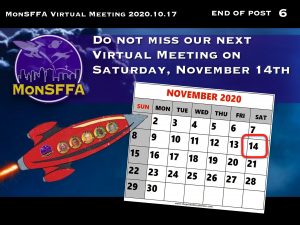



![[]](https://gallery.mailchimp.com/0c5fce34d5ca05f64a13d085d/images/2c55767c-48ac-43a9-a87d-c9319458f7a9.jpg)
![[]](https://mcusercontent.com/0c5fce34d5ca05f64a13d085d/images/b3e7ac5e-a3e4-4e2f-9fcb-d12b39a45187.jpg)
![[]](https://gallery.mailchimp.com/0c5fce34d5ca05f64a13d085d/images/075e9377-f500-4a29-8413-795c57ee53f2.png)

